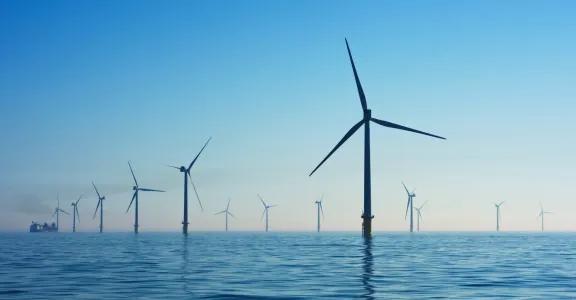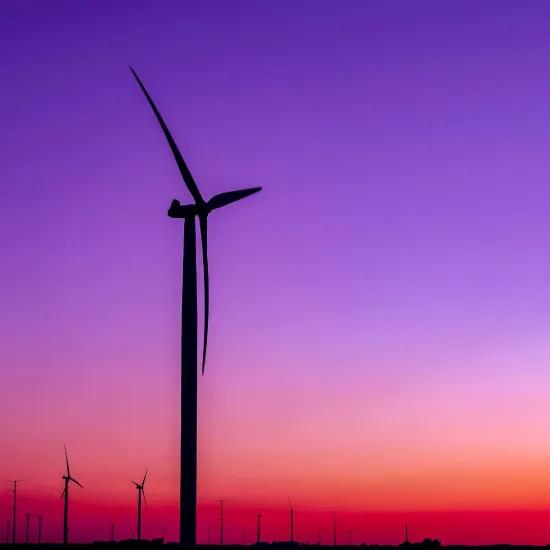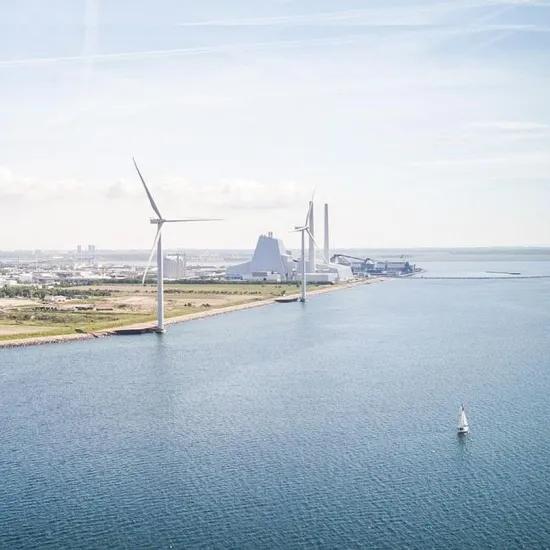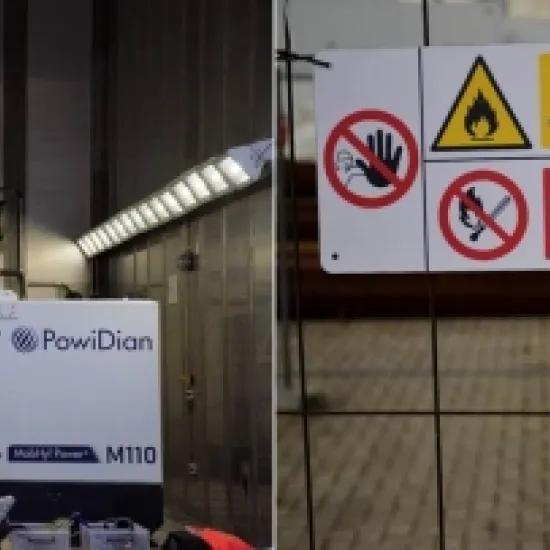Even before the recent energy crisis, the Belgian government had decided to shift up a gear in the production of renewable energy. Technological innovation will play a major role at the thematic event 'Emerging Offshore Technologies: Production of green electrons & molecules' in June. A short review.
Wind energy on land and at sea is bound to play an important part in the energy mix in Belgium in the years ahead. Recent decisions by the federal government favouring more wind energy at sea and on land will give an extra impulse to the industry. The government wants to boost the production of renewable energy and is looking primarily at offshore wind in the Belgian North Sea to achieve this endeavour.
After a successful first edition in 2021, Sirris organised the second 'Wind Energy Technology Summit' in partnership with OWI-Lab, Agoria, Blue Cluster and WaterstofNet in June this year. This series of events and an innovation masterclass aimed to inform and inspire Flemish companies and organisations when it comes to technology developments in the (offshore) wind energy sector.
The thematic event 'Emerging Offshore Technologies: Production of green electrons & molecules' on 8 June, sponsored by Capgemini, assembled industry experts across the value chain as well as researchers and policymakers to deep-dive into the topic of green hydrogen production through offshore wind. During the seminar we took a look at how the marriage between offshore wind energy and hydrogen production is taking shape in a national and international context, but also what the (technological) challenges are for the coming years.
Future offshore wind to hydrogen value chain
Hydrogen is an important part of the European Green Deal. For the European Commission, the development of renewable hydrogen from wind and solar energy is a priority. The aim is to de-carbonise the production of hydrogen. The increasing production of offshore wind energy in Europe, along with other forms of energy production at sea that are still being investigated, offer many opportunities to combine and integrate electrolysis. The use of hydrogen will gradually be introduced in various industries, including offshore.
Among the different presentations, a participative workshop, conducted by Capgemini, with various players from the hydrogen ecosystem aimed to envision what the future offshore wind to hydrogen value chain could look like. The workshop sought to explore the possibility of producing the green molecules locally through the offshore wind in the Belgian North Sea – with a strong belief that by establishing a local offshore wind to the hydrogen value chain, Belgium can stay at the forefront of green hydrogen innovation.
Capgemini has recently published a report on the event, with the key results and insights of the workshop. A few takeaways:
• Belgium has a rich ecosystem of players active along the hydrogen value chain. The local expertise needs to be leveraged through cross-industry collaboration as well as industry-science collaboration.
• To make green hydrogen competitive and establish a local offshore wind to the hydrogen value chain in the Belgian North Sea, further cost reduction is required through innovations and scalable demo projects that are stimulated and coordinated through regulatory support, and access to finance to eventually reach economies of scale.
• Standardization across the value chain came out as one of the most important topic regulators need to address.
You can download the document here.




